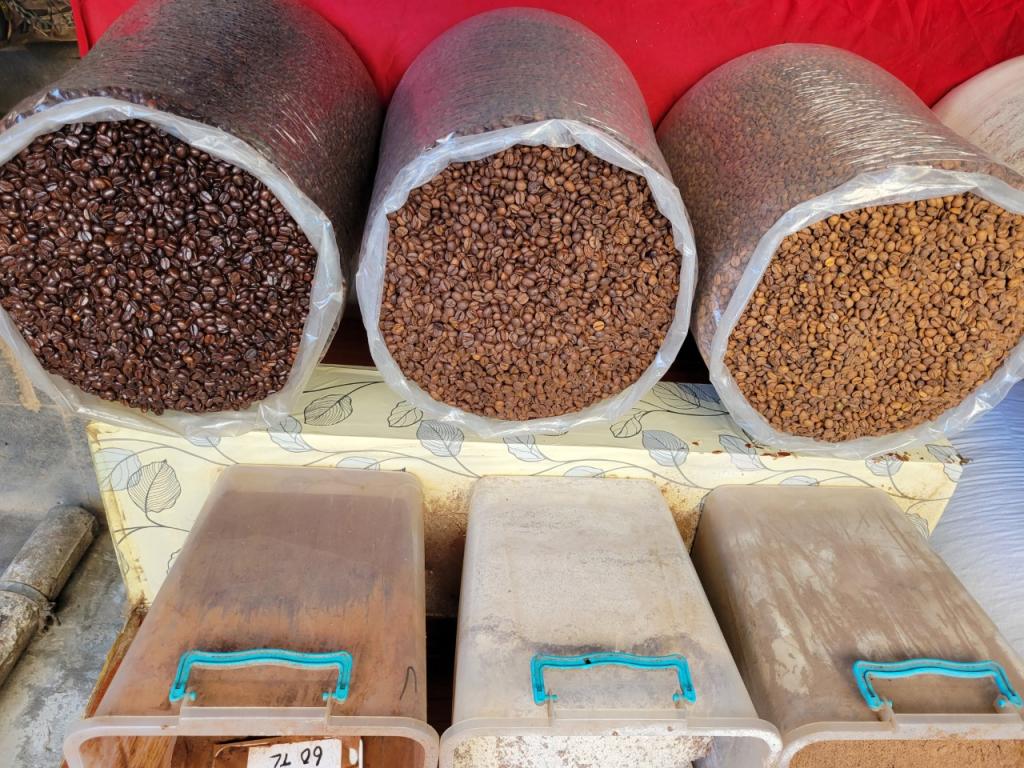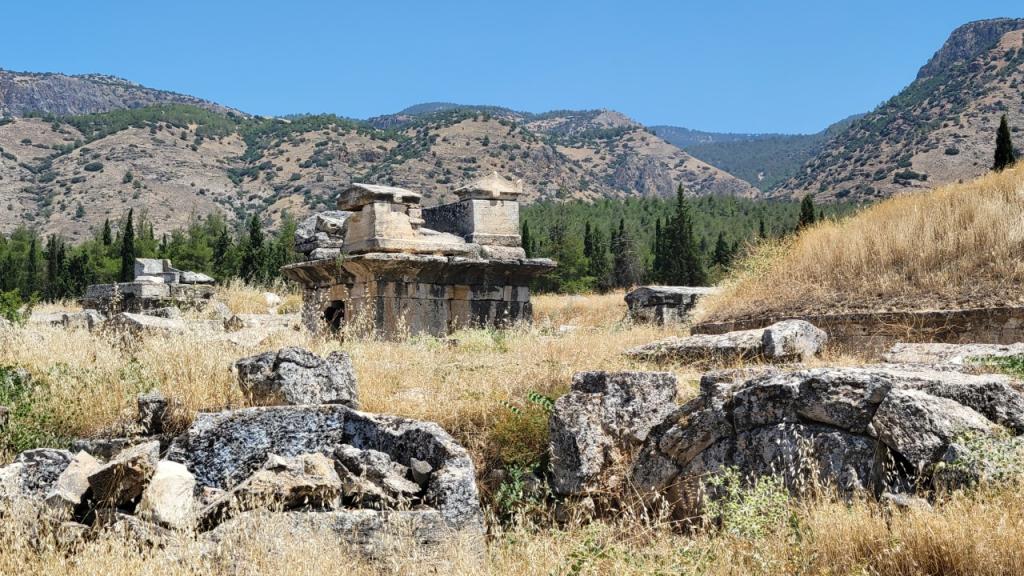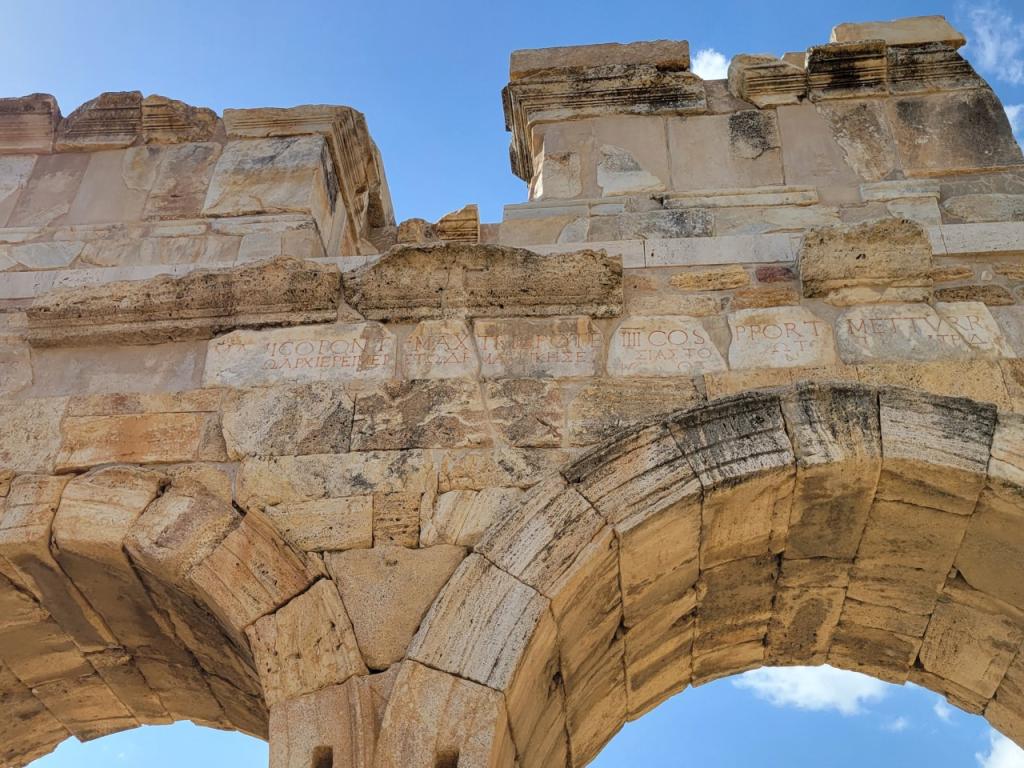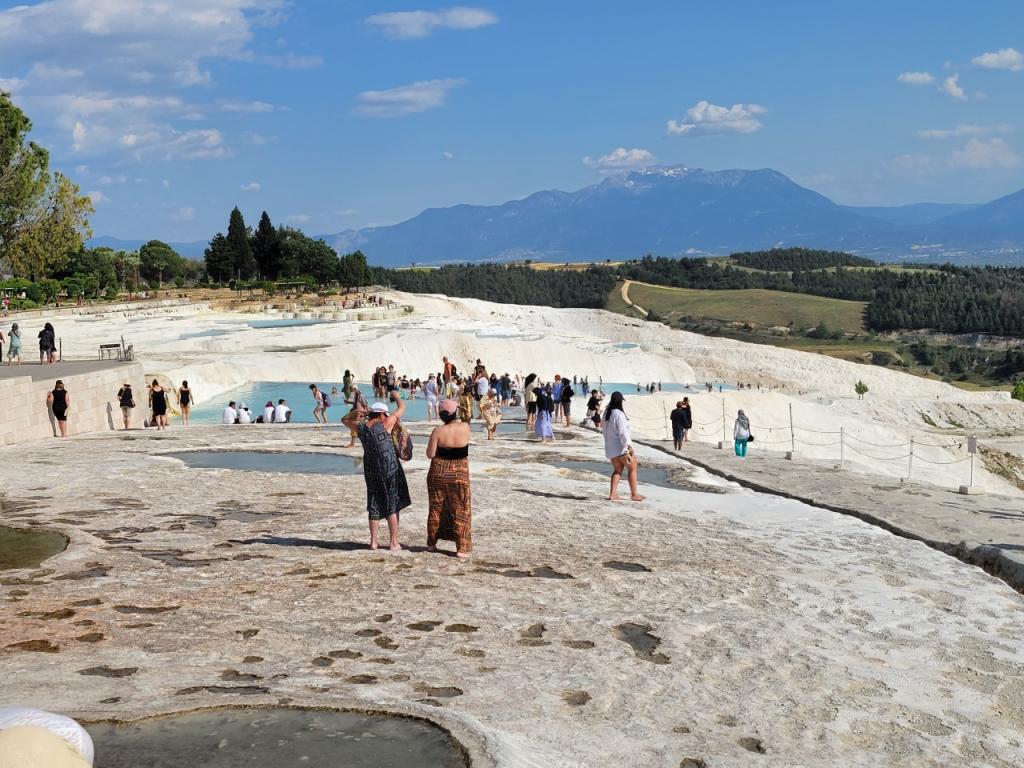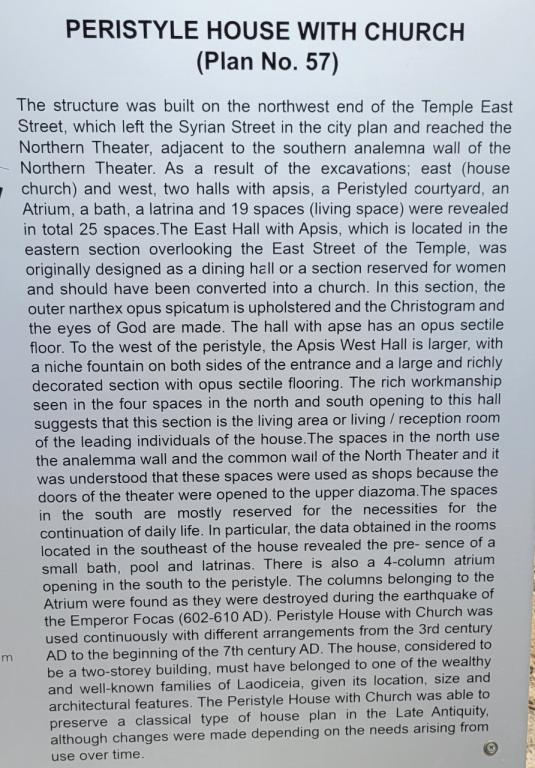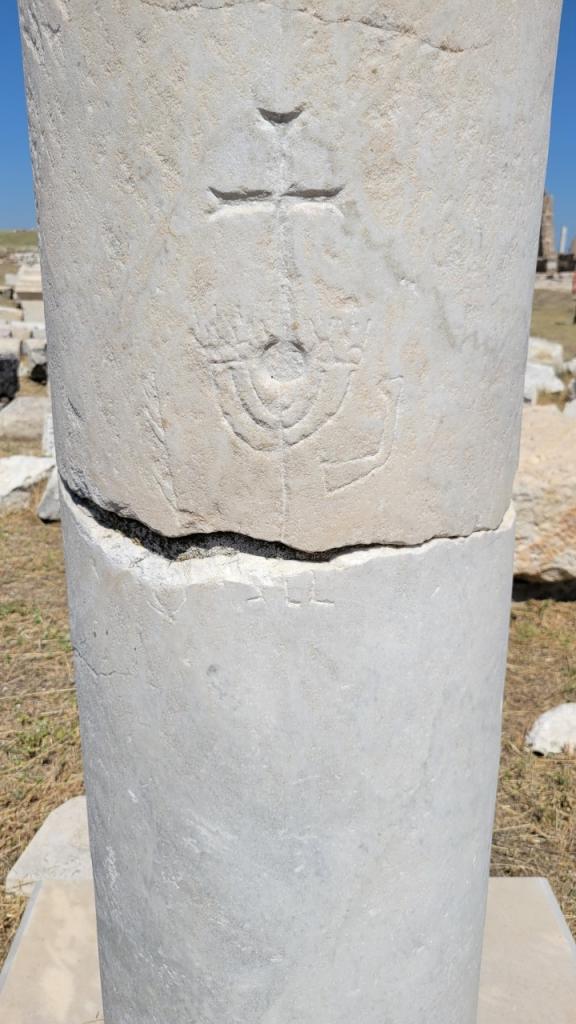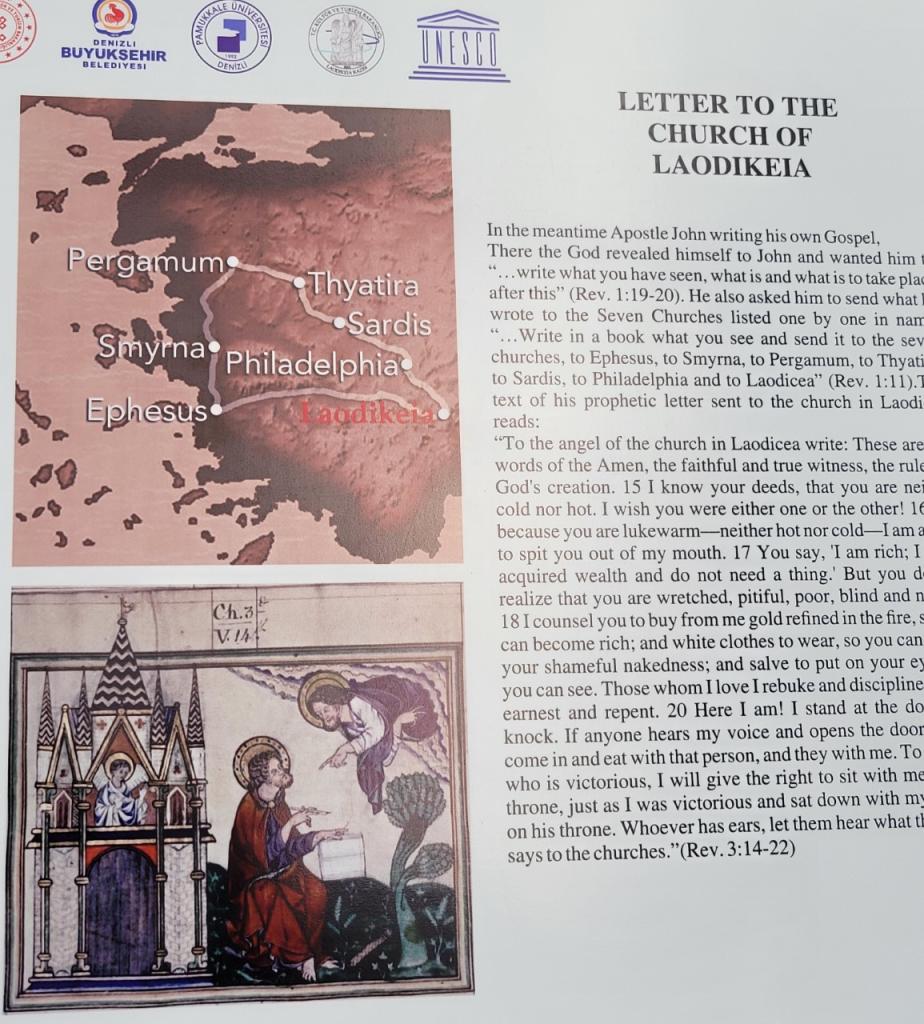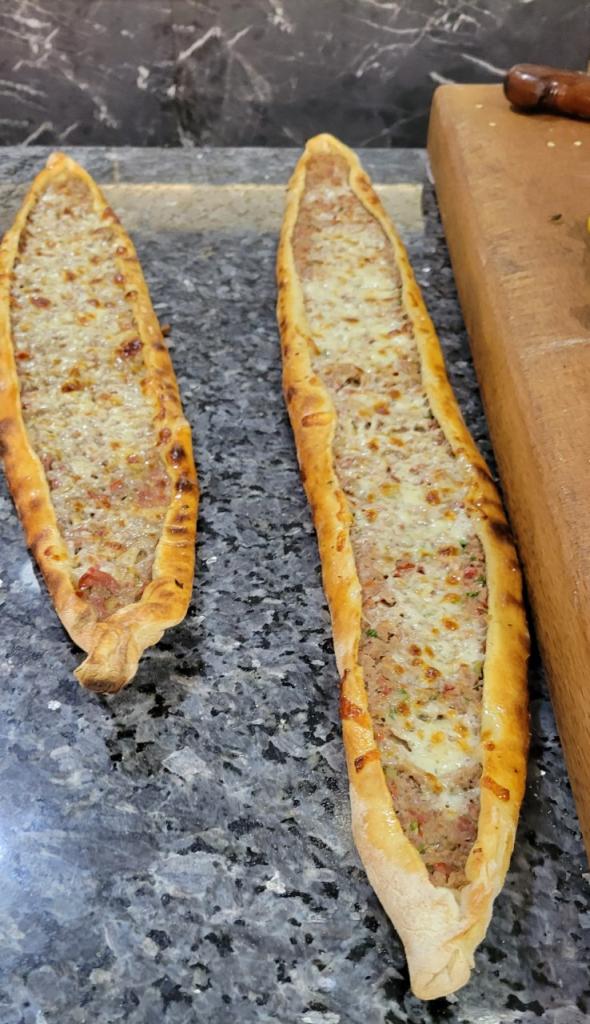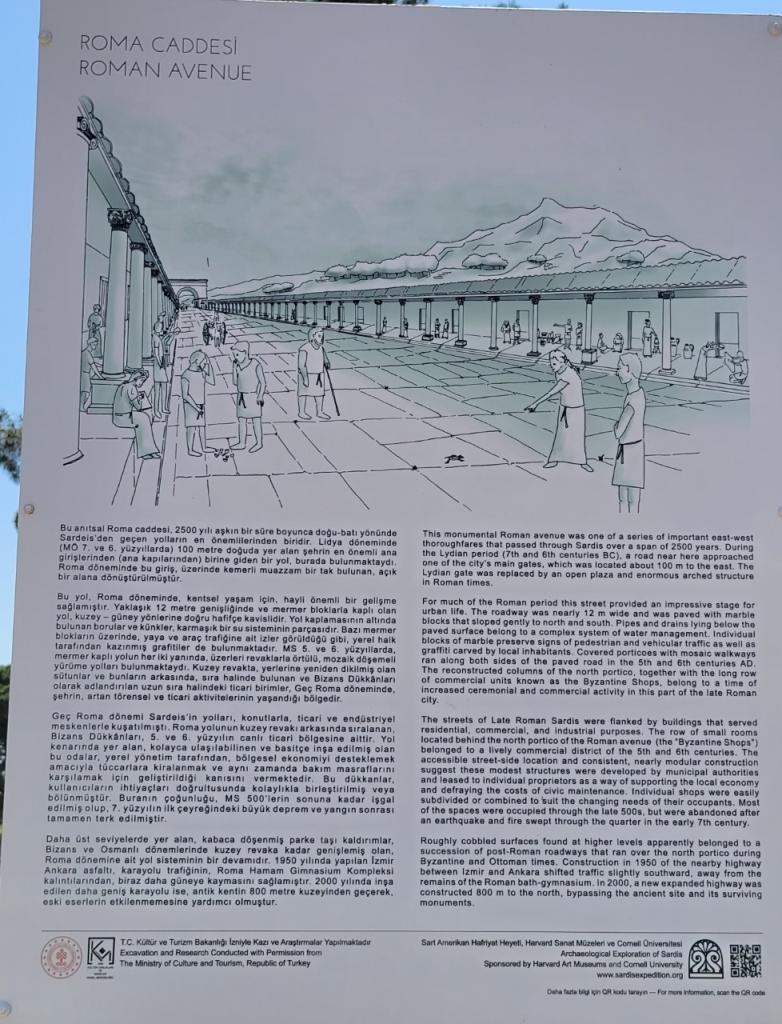Urfa, or Sanli-urfa (which means beautiful Urfa, pronounced Shanli-Urfa) is an interesting town. According to one Muslim tradition, this is where Abraham is buried (compare what the OT says). In fact this city in NT times and before was known as Edessa. In this post we will look at the market place in town, and then in the next post we will consider the now famous archaeological site of Gobeckli Tepe which is not far outside the city and the... Read more


